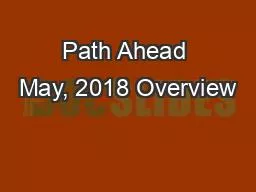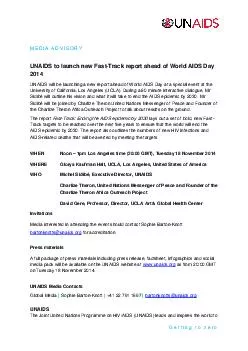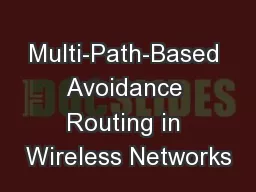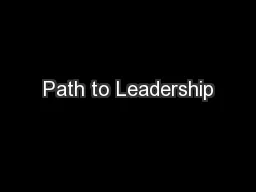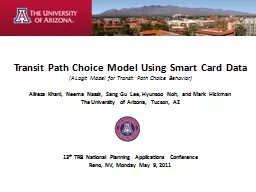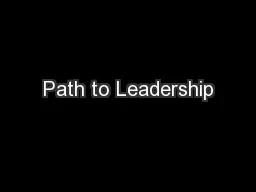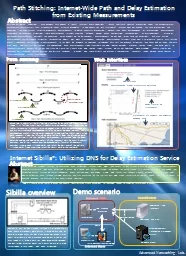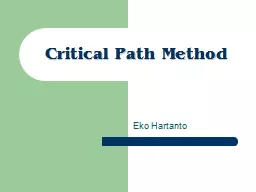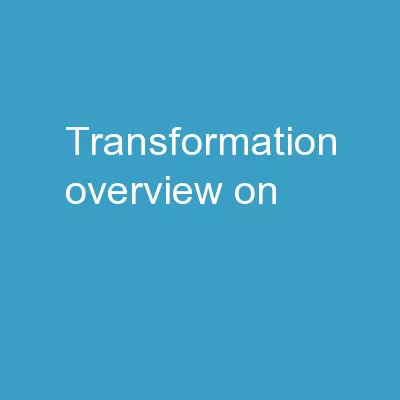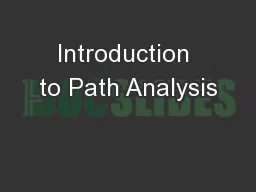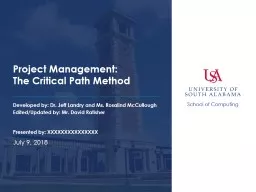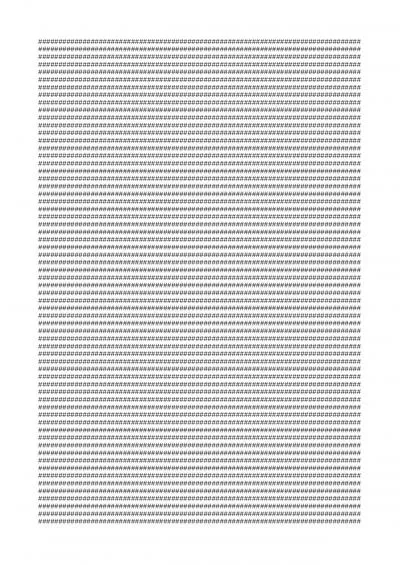PPT-Path Ahead May, 2018 Overview
Author : essencemessage | Published Date : 2020-06-24
Upstream Health Innovations UHI launched in April 2015 with the support of a 25M Community Health Grant from United Health Foundation UHI employs ethnographic
Presentation Embed Code
Download Presentation
Download Presentation The PPT/PDF document "Path Ahead May, 2018 Overview" is the property of its rightful owner. Permission is granted to download and print the materials on this website for personal, non-commercial use only, and to display it on your personal computer provided you do not modify the materials and that you retain all copyright notices contained in the materials. By downloading content from our website, you accept the terms of this agreement.
Path Ahead May, 2018 Overview: Transcript
Download Rules Of Document
"Path Ahead May, 2018 Overview"The content belongs to its owner. You may download and print it for personal use, without modification, and keep all copyright notices. By downloading, you agree to these terms.
Related Documents

